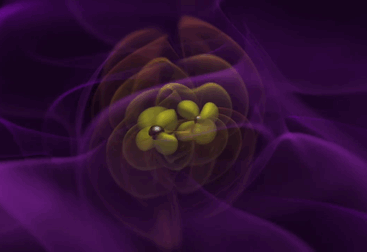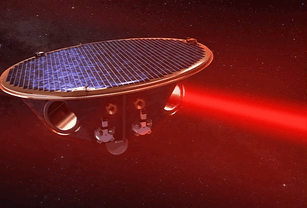ESA to Develop Gravitational Wave Space Mission with NASA SupportESA (the European Space Agency) has
ESA to Develop Gravitational Wave Space Mission with NASA SupportESA (the European Space Agency) has selected the Laser Interferometer Space Antenna (LISA) for its third large-class mission in the agency’s Cosmic Vision science program. The three-spacecraft constellation is designed to study gravitational waves in space and is a concept long studied by both ESA and NASA. ESA’s Science Program Committee announced the selection at a meeting on June 20. The mission will now be designed, budgeted and proposed for adoption before construction begins. LISA is expected to launch in 2034. NASA will be a partner with ESA in the design, development, operations and data analysis of the mission.LISA consists of three spacecraft separated by 1.6 million miles (2.5 million kilometers) in a triangular formation that follows Earth in its orbit around the sun. Each spacecraft carries test masses that are shielded in such a way that the only force they respond to is gravity. Lasers measure the distances to test masses in all three spacecraft. Tiny changes in the lengths of each two-spacecraft arm signals the passage of gravitational waves through the formation.Animation: ESA / NASA Goddard Source: NASA -- source link
#esa#nasa#space#espaço#spacetime#universe#universo#gravitationalwaves#ondasgravotacionais#astronomy#astronomia#astrop#astrofisica#cosmology#cosmologia


